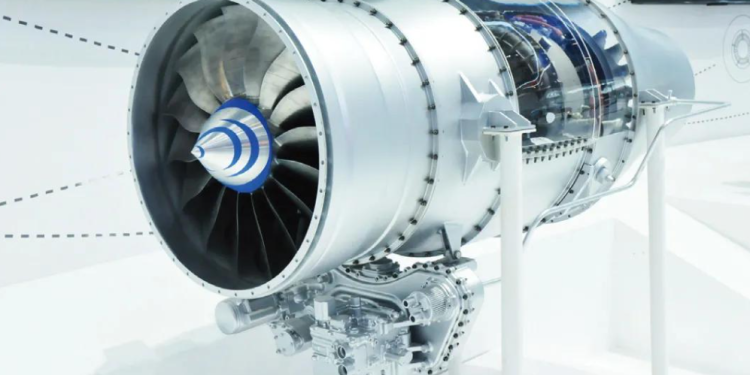In the realm of digital photography, understanding the role of camera sensors is paramount to achieving superior image quality. From capturing breathtaking landscapes to documenting precious moments, the quality of your camera’s sensor directly impacts the clarity, detail, and color accuracy of your photographs. In this article, we’ll delve into the intricacies of camera sensors, exploring their fundamental characteristics, technological advancements, and practical implications for photographers.
Basics of Camera Sensors
At the heart of every digital camera lies a sensor—a semiconductor device that converts light into electronic signals. The two main types of sensors used in digital cameras are CCD (Charge-Coupled Device) and CMOS (Complementary Metal-Oxide-Semiconductor). While both serve the same purpose, they differ in their underlying technology and performance characteristics.
Sensor Size and Resolution
One of the most critical factors influencing image quality is the size of the camera sensor. Larger sensors typically offer better image quality, as they can capture more light and produce less noise. Additionally, resolution, measured in megapixels, plays a significant role in determining the level of detail and sharpness in your images.
Dynamic Range and Sensitivity
Dynamic range refers to the ability of a sensor to capture detail in both the brightest and darkest areas of an image. Sensors with high dynamic range can preserve detail in high-contrast scenes, resulting in more visually appealing photographs. Sensitivity, on the other hand, measures how effectively a sensor can detect light, particularly in low-light conditions.
Noise Reduction and Image Processing
Noise, or unwanted visual artifacts, can degrade image quality, especially in low-light environments. To combat noise, camera manufacturers employ noise reduction algorithms that suppress unwanted artifacts while preserving image detail. Additionally, image processing algorithms play a crucial role in enhancing color accuracy, sharpness, and overall image quality.
Color Depth and Accuracy
Color depth refers to the number of distinct colors that a sensor can reproduce. Sensors with higher color depth can capture a broader range of hues and shades, resulting in more vibrant and lifelike images. Color accuracy is equally important, as it ensures that the colors captured by the sensor closely match the colors observed in the real world.
Pixel Size and Pixel Density
Pixel size—the physical dimensions of individual sensor pixels—affects image quality by influencing light-gathering capability and noise performance. While smaller pixels allow for higher resolution and increased detail, larger pixels typically offer better sensitivity and low-light performance. Balancing pixel size with pixel density is essential for achieving optimal image quality.
Sensor Technology Advancements
In recent years, significant advancements in sensor technology have revolutionized digital photography. Innovations such as backside-illuminated (BSI) sensors, stacked sensor designs, and phase-detection autofocus (PDAF) pixels have pushed the boundaries of image quality, enabling photographers to capture stunning images in various shooting conditions.
Choosing the Right Sensor for Your Needs
When selecting a camera, understanding sensor specifications is crucial for choosing the right tool for your photographic endeavors. Factors such as sensor size, resolution, dynamic range, and sensitivity should align with your specific shooting requirements, whether you’re capturing landscapes, portraits, or action-packed scenes.
Real-World Examples and Comparisons
To illustrate the practical implications of sensor characteristics, let’s examine real-world examples comparing image quality from different sensor types and sizes. By analyzing side-by-side comparisons and understanding the nuances of each sensor, photographers can make informed decisions when selecting their gear.
Future Trends in Sensor Development
Looking ahead, the future of camera sensor technology holds exciting possibilities. Predictions for advancements in areas such as sensor sensitivity, dynamic range, and color reproduction promise to further elevate the quality of digital photography. As technology continues to evolve, photographers can anticipate even greater creative opportunities and image quality improvements.
Conclusion
In conclusion, mastering the nuances of camera sensors is essential for achieving superior image quality in digital photography. By understanding the fundamental characteristics of sensors, staying abreast of technological advancements, and selecting the right sensor for your needs, you can unlock the full potential of your digital camera and capture images that inspire and captivate.

















